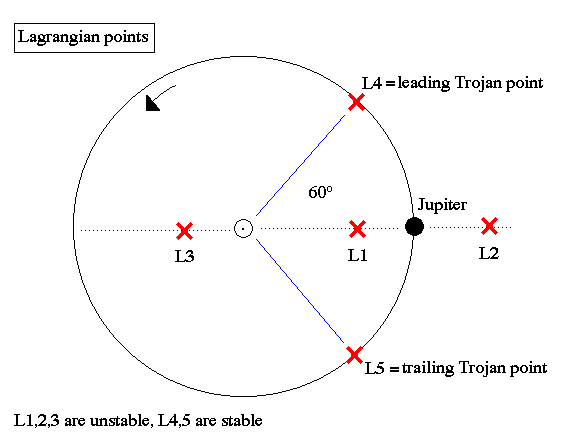
Excerpt from the Encyclopedia Britannica without permission.
The problem of determining the motion of three celestial bodies moving under no influence other than that of their mutual gravitation. No general solution of this problem (or the more general problem involving more than three bodies) is possible.
As practically attacked, it consists of the problem of determining the perturbations (disturbances) in the motion of one of the bodies around the principal, or central, body that are produced by the attraction of the third. Examples are the motion of the Moon around the Earth, as disturbed by the action of the Sun, and of one planet around the Sun, as disturbed by the action of another planet. The problem can be solved for some special cases; for example, those in which the mass of one body, as a spacecraft, can be considered infinitely small, and in the Lagrangian and Eulerian cases.

Excerpt from the Encyclopedia Britannica without permission.